In 2023, there has not been a single day without load shedding, prompting many frustrated South Africans to switch to solar power. According to the South African Photovoltaic Industry (SAPVIA), solar PV providers are getting up to 1,700 applications per day and more than 75 installations are being done daily. Government is also seeing the light, so to speak, with Finance Minister Enoch Godongwana providing details on the tax incentives aimed at assisting South Africans to install solar power during last month’s Budget Speech.

“Unfortunately, however, solar power systems only have so much capacity, and without load management they can run out of juice at the worst possible time,” says Roger Hislop, Energy Management Systems Executive at CBI :energy.
He explains that energy security, dependability and diversity of supply are all impacted if loads are not managed. “Unmanaged loads can drain solar batteries and trip the inverter, making the system an expensive white elephant. I recently attended a meeting at a potential client when the electricity suddenly went out. The CEO was baffled as they had a large solar power and battery storage system. Turns out, it was Stage 6 load shedding, and the four-hour outage had taken place over lunch. The staff had been drawing on the backup power as they heated up their food and boiled the kettle, sucking it dry. After all the money spent on installing a solar PV system and storage, their business came to a grinding halt as computers went dark and video calls went silent.”
“Without load management to make sure only essential loads are drawing power, the PV generation can’t keep up. Batteries run flat, and when load shedding has ended, users will draw from the utility grid, which costs them real money, but also puts a heavy strain on the national grid with all the batteries charging again, causing a huge ‘come-back’ spike,” points out Hislop.
“The knock-on effect for businesses is that their Environmental Social and Governance (ESG) as well as their carbon footprint reduction objectives suffer, not to mention their reputation as a competent business that made a plan for energy resilience,” he adds. “The country as a whole is affected as GDP is hit through lost production hours. In fact, PwC estimates that the country’s economy could have grown by 7% last year had there been a reliable electricity supply.”
“Technology exists to manage loads. It is essential that this is used in conjunction with energy self-generation projects if businesses are to benefit from alternative energy sources and reduce their reliance on Eskom,” Hislop concludes.

